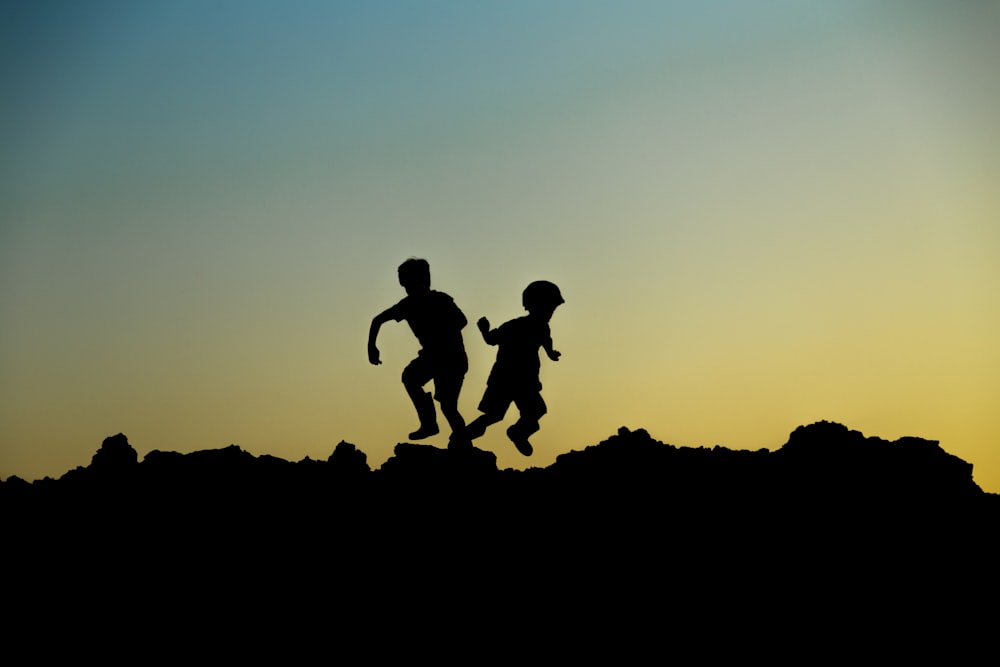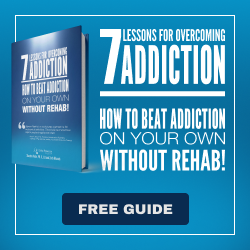How SCHOOLS Can Solve America’s Mental Health Crisis
Unlike the disease theory of addiction, the life process model sees addiction as an experience that most people avoid or outgrow. LPP encourages this development through fostering clients’ purpose, strengths and skills, engagement, experience and adventure, and belonging to a community. These factors, Individually and collectively, empower people and support their mental health while thwarting addiction.
_________________________________________________________________________________________
Schools and young people around the country are beset by growing mental health problems. As a result, schools have noted a dramatic increase in counselor referrals which, in many cases, exceed the schools’ capacities.
One of us works within the public school system in a small Northeastern city and directly experiences these national trends. Mental health workers in schools are being inundated with referrals that include a large group of young people who would once not have been at risk for such conditions. That is, mental disorders are being normalized. While schools should foster mental health, they are not treatment institutions. Indeed, we should rethink school’s role in response to the current mental health crisis.
The Crisis
The NY Times presented the current mental health crisis in America for young people:
“‘It’s Life or Death’: The Mental Health Crisis Among U.S. Teens. Depression, self-harm and suicide are rising among American adolescents.”
American adolescence is undergoing a drastic change. Three decades ago, the gravest public health threats to teenagers in the United States came from binge drinking, drunken driving, teenage pregnancy and smoking. These have since fallen sharply, replaced by a new public health concern: soaring rates of mental health disorders.
In 2019, 13 percent of adolescents reported having a major depressive episode, a 60 percent increase from 2007. Emergency room visits by children and adolescents in that period also rose sharply for anxiety, mood disorders and self-harm. And for people ages 10 to 24, suicide rates, stable from 2000 to 2007, leaped nearly 60 percent by 2018, according to the Centers for Disease Control and Prevention.
Emergency room visits for self-harm by children and adolescents rose sharply over the last decade, particularly for young women.
Meanwhile, the Surgeon General has warned of a “youth mental health crisis.” Vivek Murthy says that the “coronavirus pandemic has intensified a rise in adolescent depression, anxiety and mental health distress that was underway before the spring of 2020.”
Using Schools Constructively
Schools— when they work successfully— foster mental health. They do so by encouraging the following— which we at LPP consider anti-addiction mechanisms:
Community.
The school is a community: a collection of people who share a purpose and work alongside one another to fulfill their common goals. This community builds on students’ natural yearning to belong. Creating and sustaining a sense of community among teachers, school staff, and students in turn engenders students’ faith that their needs matter and will be met. Nothing facilitates mental health more than this positive sense of community belonging.
Indeed, school may be the single positive community to which many people belong in their lives. If it is a caring community, children will not only learn to care for themselves, but also to value and support others’ needs and become positive forces in the world.
Purpose.
School is about children and young people discovering their missions in life. That is, they develop their strengths and skills so as to find a meaningful life-focus and eventually a career path. Of course, we want this mission to be a positive, constructive one.
Strengths and skills.
School’s focus on purpose requires schools to recognize and support what young people are good at (their strengths), and to hone their strengths into meaningful, useful talents. Such learning not only has a positive impact for young people and their communities, it also creates an economically viable lifestyle for them. As a part of honing specific skills in this process, schools teach students larger (“meta”) skills (e.g., communication) that support not only their usable talents but their lives beyond their economic sustenance.
Engagement.
The educational-developmental process assumes that a child becomes engaged with both the school community and with the outside world as well, including family, other groups, and their larger communities. Only in this way can young people fully manifest their talents and other life-supporting skills.
Experience/adventure.
As we envision it, education is not limited to what takes place in the classroom. Concomitant with that school process are all the independent experiences that young people have that expand and exercise their capabilities— and that they enjoy. The developmental process is not some hum-drum task, but rather part of the positive adventure of living.
Taken together, these five dimensions of the school experience— community, purpose, recognition and development of strengths and skills, engagement, and life experience and adventure— facilitate the growth of young people into fulfilled, contributing members of society. Thus school and education are at the core of the development of mentally healthy people.
Utilizing School as a Mental Health Tool
Recognizing this mental health function provides us with some directions that schools may follow. Our work with clients in LPP has given us tools for helping people to strengthen their anti-addiction resources. You can use the same organizing principles to track and support your school’s development of these mental health functions.
| Practice Supported | can be done instantly | next semester plan | longer-term goals |
| purpose | |||
| strengths and skills | |||
| engagement | |||
| experience/adventure | |||
| community |
Please give this tool (or at least these fundamental concepts) a try at your school in order to enhance the school experience and to foster the joys of learning and of living. These are lifetime gifts.
They are also the foundation for a mentally healthy person and life. And there is no greater purpose under the sun, as challenging as that task has currently become.
— Photo credit: “Unsplash”






